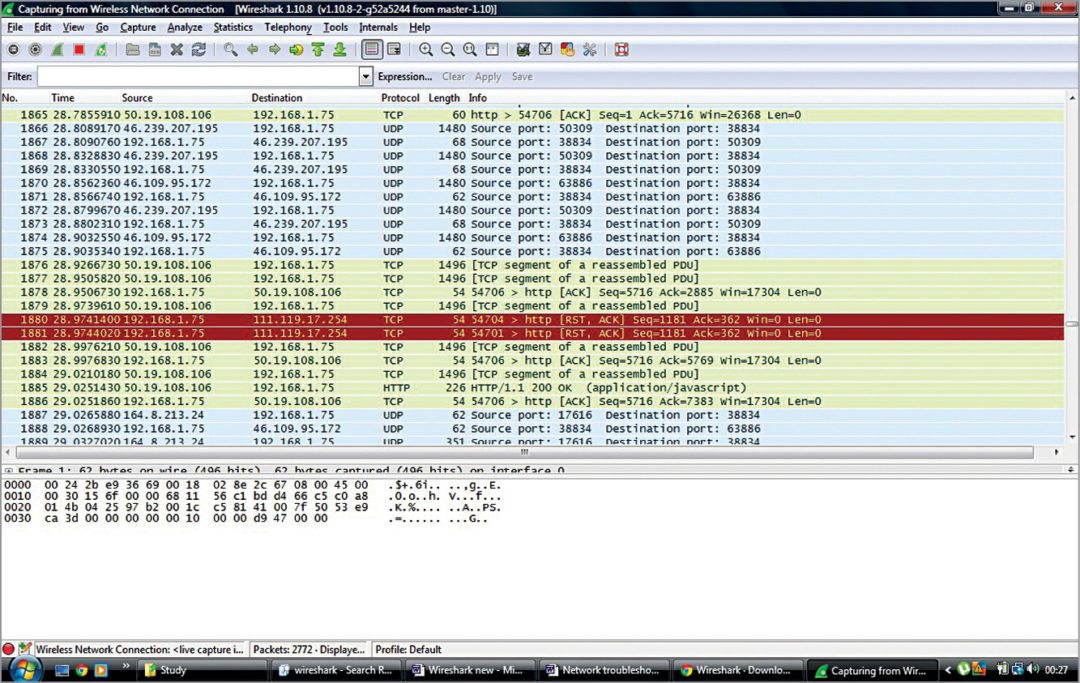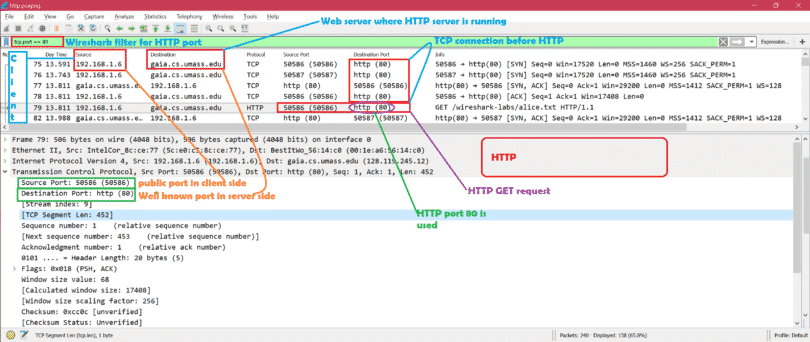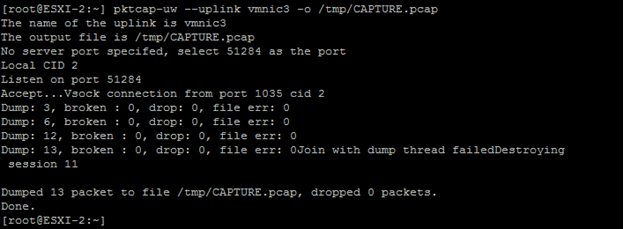
Now you can load it into Wireshark or Visual BACnet to start digging through packets!įor more detail, Steve Karg has done great work on Wireshark and MS/TP captures, and developed some useful capture tools. You’ll find it in the folder that you designated before, in the Command Prompt change directory. Your MS/TP traffic will now be in readable.

Note that if you only have invalid frames, it means that something went wrong in the capture.ĩ. In this case, we ended up with 8,200 packets and five invalid frames. You will see something like the below image when you have captured your packets. To stop the capture, type CTRL+C and quit Command Prompt.Ĩ.

If you see it counting up with the number of invalid frames, either the baud rate is incorrect or there is something wrong with the wiring.ħ. If you see the screen counting up with the number of packets, that’s good. (There are a few common baud rates: 19200, 38400, and 76800.) This command might look like “mstpcap.exe COM4 76800” for example. Next, in the Command Prompt, execute the mstpcap.exe using the COM port identified in Step 3 and the appropriate baud rate.
Run usb capture wireshark command line download#
Add a space, and paste the “path” to the location of your download from Steve Karg. This refers to “change directory,” and it lets you choose where the MS/TP pcap will download. Copy the “path” of your download’s location (e.g. COM4) should be listed there.Ĥ. Next, find where on your computer you downloaded Steve Karg’s BACnet Tools folder, containing the mstpcap.exe. Next, you will want to identify the COM port that the USB converter is connected to. Connect the USB converter to your computer, as well.ģ. When you use Airtool, you dont have to worry about using cumbersome commands or extra steps to start doing protocol analysis with Wireshark. In the below images, the USB converter is connected to the network via the bright orange cable.Ģ. You can connect the converter to any point in your MS/TP chain, as long as it is on the MS/TP side of the router. Connect the USB converter to the MS/TP network. See this page for a n integration with Wireshark.

Run usb capture wireshark command line windows#
In order for the system to find dumpcap, you will need to include it as part of the Windows PATH environment variable, or explicitly specify the path. It resides in the Wireshark root folder (e.g. The mstpcap.exe download from here (from Steve Karg’s BACnet tools version 0.8.6) To capture Wireshark data, you will need to use dumpcap which is a command line utility installed as part of Wireshark.


 0 kommentar(er)
0 kommentar(er)
